Discover these 5 indigenous people of the Amazon and their customs
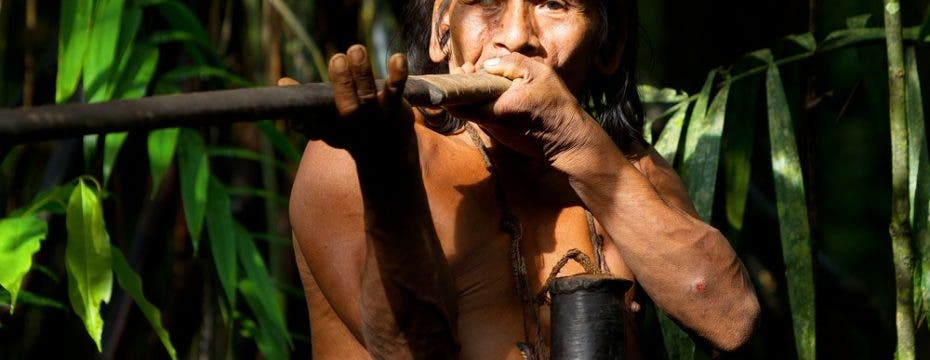
The vast Amazon rainforest is home to numerous indigenous people who have inhabited this place since time immemorial. Many of these isolated people maintain their culture due to the poor contact they have had with modern civilization. This means that there is a special interest in protecting their habitat, thus ensuring their survival. For you to know more about them we have made this article about the indigenous people of the Amazon. Learn how they live and their customs before making your adventurous trip to South America.
Index
The vastness of the Amazon
Before you can talk about the indigenous people of the Amazon, it is important that you know this region of the world. Amazon is the largest river in the world. It crosses almost all of South America from West to East. Through its 7,020 km it forms around it the most immense rainforest. The Amazon rainforest, like the river, make up the Amazon region. An ecosystem that spans Brazil, Peru, Colombia, Ecuador, Venezuela, Bolivia, Guyana, Suriname, and French Guiana.
This immense jungle creates a natural barrier that causes native people to remain isolated from the rest of civilization. The indigenous people of the Amazon have survived for centuries thanks to their rapport with the environment. The perfect balance between nature and indigenous people have helped preserve the Amazon in its natural state. This means that there is an intangible wealth in these people that must be protected as much as their surroundings.
5 indigenous people of the Amazon
Brazil, Peru, and Colombia are the places with the greatest presence of isolated people. These have created customs that are worth knowing. Although their contact is very difficult, many of these people are already or have been studied by anthropologists.
Piripkura, Brazil
The Piripkura were first contacted in the ’80s. It is a group of about 20 people who are located in the Mato Grosso region. They are named for their neighbours, the Gaviao Indians. They speak Tupi-Kawahib which is a family of languages shared by several indigenous people of Brazil.
In the last contact with one of its members in 1998, it was with two indigenous people who left the jungle by their will. They commented on their way of life, walking through the jungle fishing and harvesting. They also commented that before their peoples were much more numerous but that they have been massacred by the whites who have wanted to appropriate their territory.
Kawahiva, Brazil
It was estimated that this town had a population of about 50 people. However, it is believed that they can be much less. Normally they are fleeing loggers and other types of intruders who have invaded their lands. For this reason, they cannot reproduce or cultivate the land.
They depend on hunting and fishing. Their land is not a protected place, so their disappearance is very likely. A great immaterial loss caused by our excesses and lack of respect for the environment.
They have had to leave their homes in the jungle to protect themselves from the siege of whites, loggers who take everything they can from the Amazon without returning anything in return.
Korubos, Brazil and Peru
Borders have been created by men, barriers that should not exist and that for indigenous peoples have never existed. Their lands are between Brazil and Peru. They have lived here for centuries, sharing spaces with some other indigenous peoples of the Amazon that have not been contacted.
They cultivate, hunt, fish, and have a life in harmony with nature to which they return everything they get from it. For these peoples, the main problem that threatens their survival is the diseases they contract when they are contacted by people from other places.
Nahua, Peru
These indigenous peoples of the Peruvian Amazon are the result of different peoples that have inhabited this area and therefore are the heirs of a great cultural tradition. These have evolved from the mixtures of different isolated peoples and maintain an identity that helps them preserve their existence amidst the vastness of the Amazon rainforest.
Nukak, Colombia
Unfortunately, despite the wealth it represents for the world, these peoples are disappearing. Since its first contact with modern civilization, its population has been reduced by 50%. The conflict that the country has experienced has also caused these people to be pushed into extinction. Armed groups and others involved in the coca business have made the Nukak keep constantly on the run. They live between the Guaviare and Inírida rivers in southeastern Colombia.
Let’s support the conservation of the indigenous peoples of the Amazon
Now that you know about these indigenous peoples, you will be aware of the use of resources. Also, on your trip through the Tropical Rhythms and the Amazon Rainforest, try to have a responsible contact with the jungle.

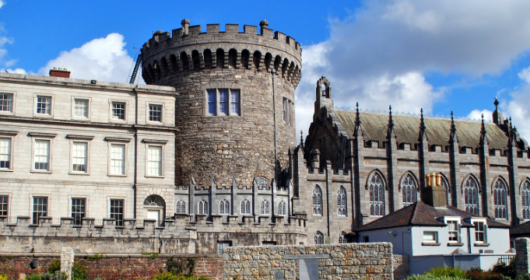
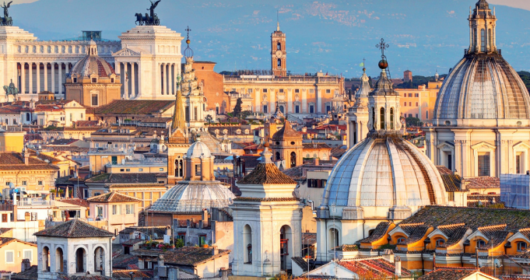
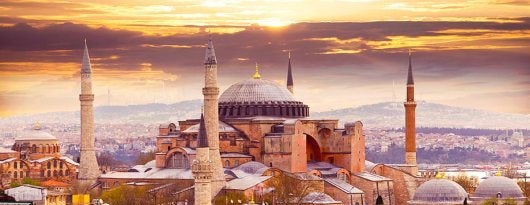

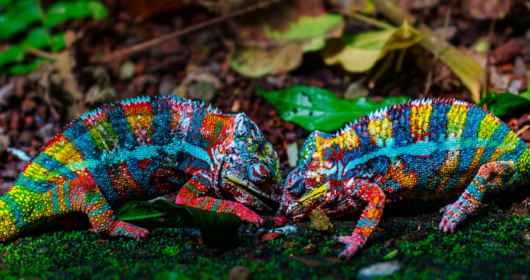
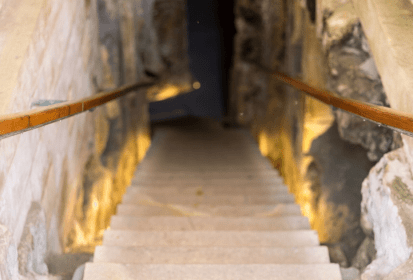
Comments are closed.